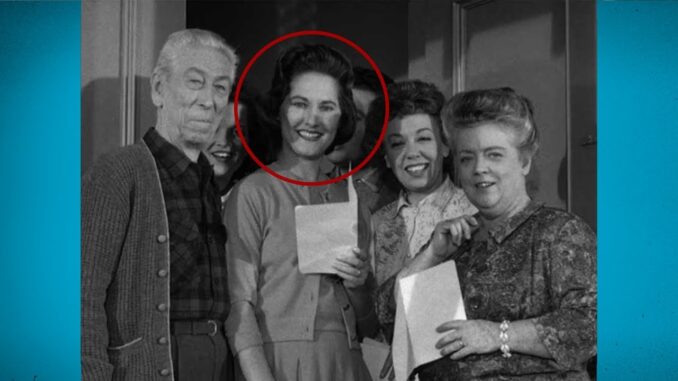
Meet the Woman Who Knew Andy Before the Fame: A Glimpse Behind the Pop Art Mask
They say fame changes people. That the glittering spotlight distorts perspectives, polishes rough edges, and leaves behind a residue of something both alluring and unsettling. But what of the people who knew them before the transformation, before the legend took root? The ones who witnessed the nascent talent, the quiet struggles, and the unfurling of the personality that would one day be devoured by the public eye? I’m here to tell you about such a person: Martha “Marty” Schmidt, the woman who knew Andy Warhol before the wig, before the Factory, before the Campbell’s Soup cans became cultural icons.
Marty wasn’t a lover, nor a family member. She was a classmate, a fellow student at Carnegie Tech in Pittsburgh, a participant in the crucible that forged the foundations of Andy Warhol's artistic vision. Her memories aren't filled with scandalous anecdotes or juicy gossip; instead, they offer a quiet, almost nostalgic glimpse into the young man known then as Andrew Warhola, a shy, observant student with a penchant for drawing shoes.
Marty remembers Andy as a chameleon, always experimenting, always absorbing. He wasn’t the flamboyant persona he later cultivated. He was quiet, reserved, and possessed a palpable awkwardness that clung to him like the scent of turpentine in a studio. While other students swaggered with confidence, Andy seemed to hover on the periphery, his large, observant eyes taking in everything, processing, cataloging, and storing it for future use.
“He wasn’t the loudest in class,” Marty recalls, her voice softened by the passage of time. “But he was always working. He was obsessed with drawing, particularly shoes. He’d spend hours sketching them, analyzing their form, their texture. He was meticulous, almost compulsive.” This early fascination, dismissed by some as mere quirkiness, was, in retrospect, a crucial seed of Warhol's later aesthetic. It was a harbinger of his fascination with everyday objects, his ability to elevate the mundane to the status of art.
Marty remembers the collaborative projects, the late nights spent in the studio, the air thick with charcoal dust and youthful ambition. She remembers Andy’s quiet persistence, his willingness to experiment, his openness to feedback, albeit delivered with a shy, almost hesitant demeanor. He wasn’t afraid to fail, to try something different, a quality that would later define his career.
She also remembers the moments of genuine connection, the shared laughter over a particularly disastrous critique, the unspoken understanding between two young artists struggling to find their voice. These were the moments that revealed a vulnerability beneath the surface, a longing for acceptance and recognition that fueled his artistic drive.
“He wasn’t always easy to understand,” Marty admits. “He had a way of keeping people at a distance. But I think he was just trying to protect himself, to find his place in the world.” In a way, the persona of Andy Warhol, the enigmatic artist with the silver wig and the detached pronouncements, was a shield, a carefully constructed defense against the world’s judgment.
Years passed, and Marty, like many others, watched with a mixture of fascination and bewilderment as Andy Warhol transformed into a cultural phenomenon. She recognized glimpses of the boy she knew in the art, in the carefully curated image, but the gap between the Andrew Warhola of Carnegie Tech and the Andy Warhol of the Factory seemed vast, almost unbridgeable.
What Marty's recollections offer isn't a salacious tell-all or a dramatic exposé. Instead, they provide a grounding perspective, a reminder that even the most iconic figures are rooted in humble beginnings. They highlight the importance of nurturing talent, of recognizing potential in its rawest form, and of understanding that the journey to fame is often paved with quiet struggles and unspoken ambitions.
Meeting Marty Schmidt is like stepping back in time, peering through a window into a world before the Pop Art explosion, before the cultural revolution. It’s a reminder that Andy Warhol wasn’t born a legend; he became one. And that the woman who knew him before the fame saw, even then, the flicker of genius that would one day illuminate the world. Her story is a testament to the enduring power of observation, the quiet strength of friendship, and the enduring mystery of human transformation. It reminds us that even behind the most carefully constructed masks, there is a human being with a history, a past, and a story worth remembering.
